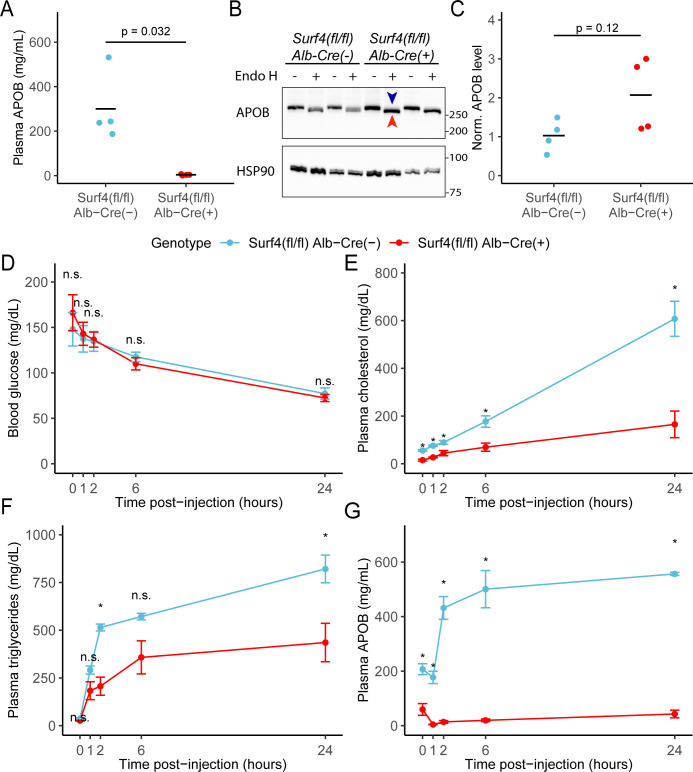Figure 3. Hepatic lipoprotein and APOB secretion defect in Surf4fl/fl Alb-Cre+ mice.
(A) Steady-state serum APOB levels in control and Surf4fl/fl Alb-Cre+ mice at 2 months of age (n=4 per genotype). (B) Representative immunoblot for APOB and HSP90 in liver lysates with and without endoglycosidase H (endo H) treatment. Proteins in the pre-Golgi compartments are expected to be sensitive to endo H cleavage, resulting in an electrophoretic shift on an immunoblot. Blue arrowhead indicates the endo H resistant band whereas the red arrowhead indicates the endo H sensitive band. Molecular weight markers notated are in kDa. Accumulation of endo H sensitive APOB in the absence of SURF4 suggests accumulation in the ER (Figure 3—source data 1). (C) Quantification of APOB abundance in control and Surf4fl/fl Alb-Cre+ liver lysates, without endo H treatment (n=4 per genotype). For panel A and C, crossbars represent the mean, with statistical significance determined by two-sided Student’s t-test. (D–G) Surf4fl/fl Alb-Cre+ and littermate control mice were injected with a lipoprotein lipase inhibitor to block triglyceride hydrolysis. Blood was sampled prior to and following injection over 24 hr and assayed for (D) glucose, (E) cholesterol, (F) triglycerides, and (G) APOB levels. Data are presented as mean ± SEM for each time point (n=5 per genotype). Asterisks denote p<0.05 obtained from two-sided Student’s t-test with Benjamini-Hochberg adjustment for multiple hypothesis testing, n.s., not significant.

